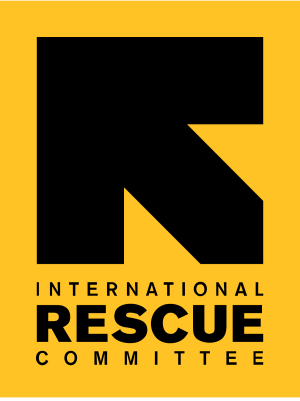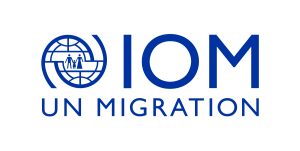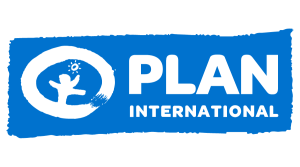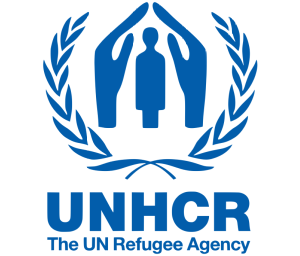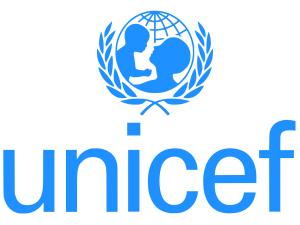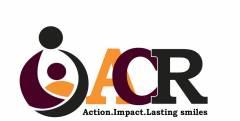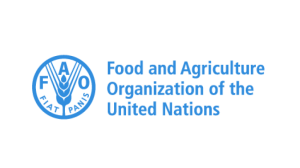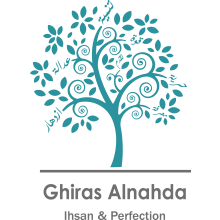
تتم إدارتها من قبل: منظمة بلان إنترناشونال، ومنظمة العمل الدولية ILO
مهمتنا
ضمان التنسيق والتعاون العملي بين العاملين في المجال الإنساني والجهات الفاعلة في مجال التنمية على المستوى العالمي، وذلك لتحسين جودة التدخلات ومستويات التنسيق والتأهب لعمالة الأطفال، وتطوير إجراءات الوقاية والاستجابة في حالات الطوارئ على المستوى القطري.
توفر فرقة العمل منصة للتعرف على التحديات المشتركة في مجال عمالة الأطفال والسعي لمواجهة هذه التحديات سيما لدى وضع البرامج في حالات الطوارئ، وهي تسعى من خلال ذلك لمنح مسائل عمالة الأطفال في حالات الطوارئ الصوتَ التقني والجماعي الذي تستحقه ضمن المساعي الأخرى من العمل الإنساني مثل أنشطة وضع المعايير الإنسانية، والتعاون بين القطاعات، و المناصرة العالمية والعمل السياسي المتعلق بعمالة الأطفال.
الأولويات الرئيسية لفرقة العمل المعنيّة بعمالة الأطفال
الأدوات والمعايير والإرشادات الفنية:
- تتوفر مجموعة الأدوات المشتركة بين الوكالات والمخصصة للتصدي لعمالة الأطفال في العمل الإنساني، ويتم نشرها وتعميمها على المستويات المحلية والوطنية والإقليمية والعالمية
- يملك العاملون المعنيون بتوفير الاستجابة الإنسانية المعارف والكفاءات التي يحتاجونها لمنع (أسوأ أشكال) عمالة الأطفال في حالات الطوارئ الاستجابة لها
- يتم دمج قضايا عمالة الأطفال في السياق الإنساني وإعادة إبرازها وتسليط الضوء عليها في أجندات المنصات العالمية والإقليمية والمحلية ذات الصلة، بما في ذلك على سبيل المثال لا الحصر منصات التحالف وفرق العمل التابعة له
Task Force Member Organisations
Resources
Inter-Agency Child Labour Toolkit | Preventing and Responding to Child Labour in Humanitarian Action
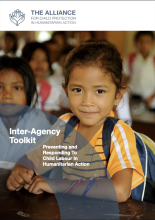
Every day, millions of children worldwide experience the consequences of violent conflicts, climate change, disasters and epidemics. In times of crisis, when people are forced to flee their homes, schools close, jobs are lost and the availability of services decreases, child labour becomes a coping mechanism for many families in distress. It deprives children of their childhood, their potential...
Child Labour Tool | Child Labour Risk Matrix
A risk matrix is a case management tool that caseworkers and their supervisors can use during the assessment of an individual child in or at risk of child labour. The risk matrix can help determine the level of risk a child faces and subsequently help prioritise actions to take.
Child Labour Tool | Supporting At-Risk Children and Empowering Girls
This tool provides additional guidance on promoting inclusive humanitarian action with and for working children and adolescents who are in or at risk of child labour/WFCL, with specific attention to girls.
Child Labour Tool | Preventing Child Labour Risk Factors Related to Humanitarian Action
SAMPLE RISK ASSESSMENT QUESTIONS: Do vulnerable groups targeted by the intervention include working children and their families? Do children already work in the areas where the intervention hopes to have an effect, e.g. geographical, trade, thematic or subject areas? Are children who are under the minimum working age currently working? Are children who are over the minimum working age currently...
Child Labour Tool | Safety Planning
Safety planning is part of the case management process and is a tool for both the child and the case worker to keep the child safe from harm. During the initial assessment of the child’s situation, the case worker will have determined if the child is safe or not. If during the assessment it is determined that the child is not safe, the case worker should develop a safety plan with the child. For a...
Child Labour Tool | Child Labour Key Messages
The following key messages can be used and adapted to a variety of humanitarian contexts. Where it is safe and possible to do so, consult with children in child labour as well as with families and communities during the development of key messages for differ- ent target groups.
Child Labour Tools | Child Labour Information Sources
This tool contians several child labour data sources for you to explore.
Child Labour Tool | Children Are Not Little Adults
Many people assume that the work children do is not particularly dangerous, or that workplace dangers and hazards for adults affect children in the same way. However, children are affected more significantly by the same hazards because their bodies are still growing and they are still developing socially and emotionally, which makes them more vulnerable to workplace hazards than adults.
Webinars
Virtual Launch | Inter-Agency Toolkit: Preventing and Responding to Child Labour in Humanitarian Action
Register via this Zoom link. Worldwide, an estimated 152 million girls and boys are in child labour, almost half of them, 73 million, work in hazardous child labour. The incidence of child labour in humanitarian crises is an imminent concern. The COVID-19 pandemic has the potential to push millions more children into child labour. However, there are great opportunities for the global community to...
Webinar | COVID-19 and Child Labour
Join experts and practitioners from different organisations across the globe to discuss ‘COVID-19: Protect children from child labour, now more than ever!’, the theme of the 2020 World Day Against Child Labour. Participants will hear an update based on the Alliance for Child Protection in Humanitarian Action technical note on COVID-19 and Child Labour (EN, SP, FR), evidence-based resources and...

